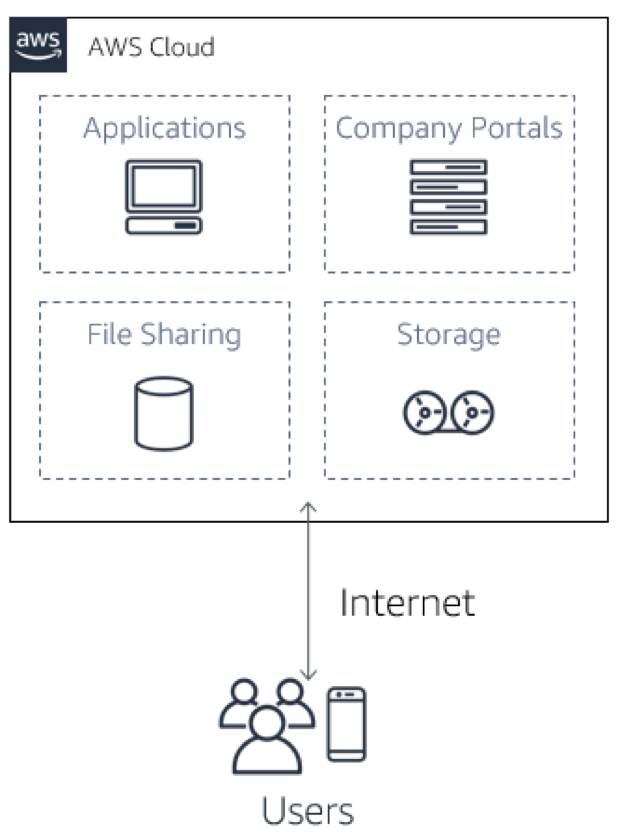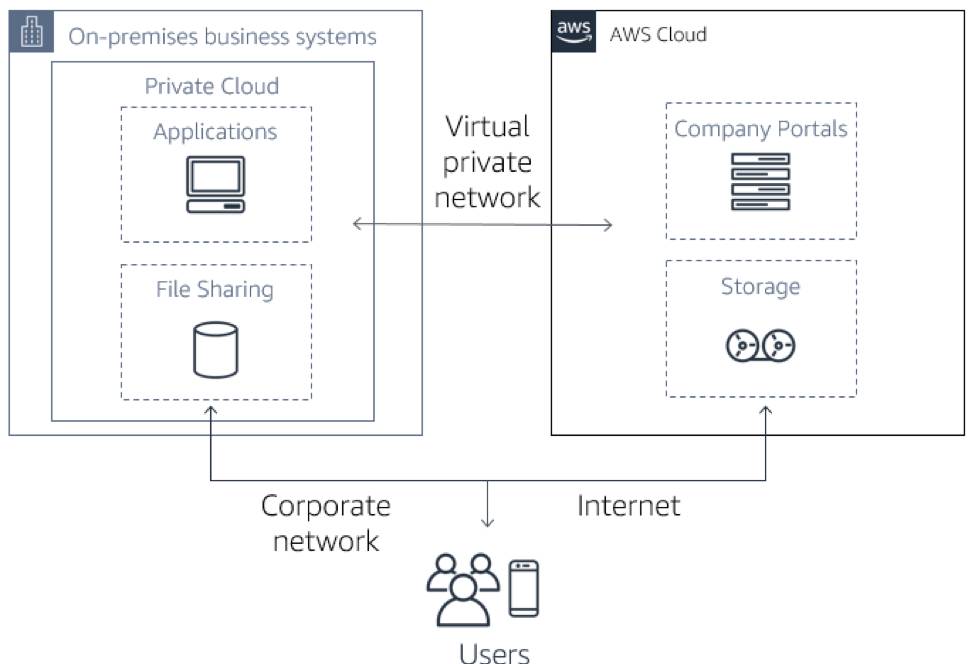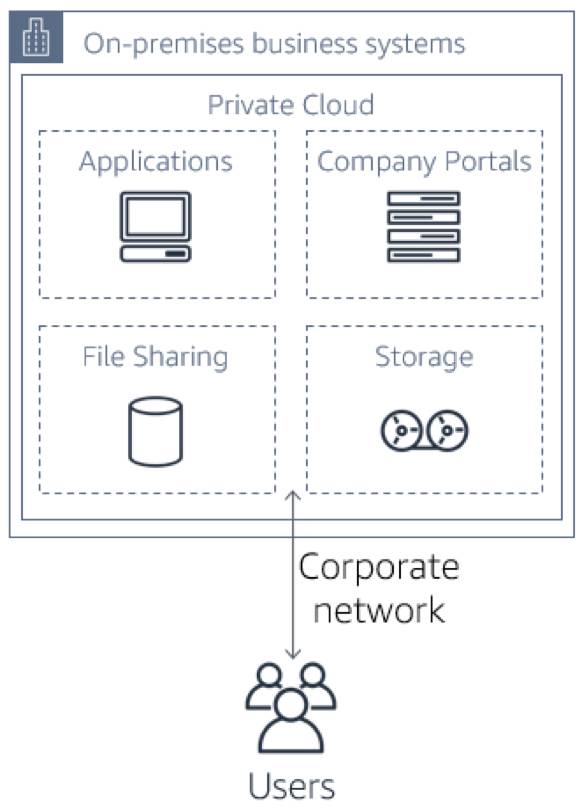Understand the Different Cloud Computing Deployment Models
Learning Objectives
After completing this unit, you’ll be able to:
- Define the three cloud computing deployment models.
- Explain the differences between each model.
As cloud computing has grown in popularity, several different cloud computing deployment models have emerged. In this unit, you learn the three cloud computing deployment models used to help businesses start their journey into the cloud.
Which Cloud Computing Model Is Best for You?
Now that you have decided to move to the cloud, you must decide which cloud computing deployment model is best for your project. Based on budget and company policies, every deployment has to follow a set of predetermined guidelines. This can include internal or external governance requiring sensitive data to be stored in-house, or technical challenges that do not allow for a fully deployed cloud solution.
The cloud computing deployment models include:
- Cloud
- Hybrid
- On-premises or private cloud
Each of the cloud computing deployment models allows for a solution that provides you with different levels of control, flexibility, and management.
Cloud
A cloud-based application is fully deployed in the cloud. Applications in the cloud have either been created in the cloud or have been migrated from an existing on-premises infrastructure to take advantage of the benefits of cloud computing. Cloud-based applications can be built on low-level infrastructure pieces like file sharing and storage, or can use higher level services where you don’t need to worry about infrastructure management, architecting, and scaling requirements.

Hybrid
A hybrid deployment is a way to connect infrastructure and applications between cloud-based resources and on-premises systems. This type of model can extend and grow your infrastructure into the cloud while connecting to internal systems through secure network connections.
At the most fundamental level, hybrid can be viewed as having data that resides both on-premises and in the cloud. This is often done to economically store large amounts of data, use new cloud-native databases, move data closer to customers, or to create a backup and archive a solution with cost-effective high availability. 
On-premises
Deploying resources on-premises, by using virtualization software and resource management tools, is also called private cloud. An on-premises deployment does not provide many of the benefits of cloud computing (which are discussed later in this module). However, it’s sometimes preferred for the ability to provide dedicated resources at your physical location.
In this model, you carry the burden of all operating expenses of the deployment. These expenses can include IT infrastructure upkeep, software licensing, and the people needed to manage the physical infrastructure.
In most cases, an on-premises deployment model is the same as with legacy IT infrastructure. But it has the added complexity of using application management and virtualization technologies to try and increase your return on investment.

Cloud, hybrid, and on-premises deployments are all cloud computing deployment models that you can choose to deliver resources to your users.
The next unit explores the advantages of the AWS Cloud.